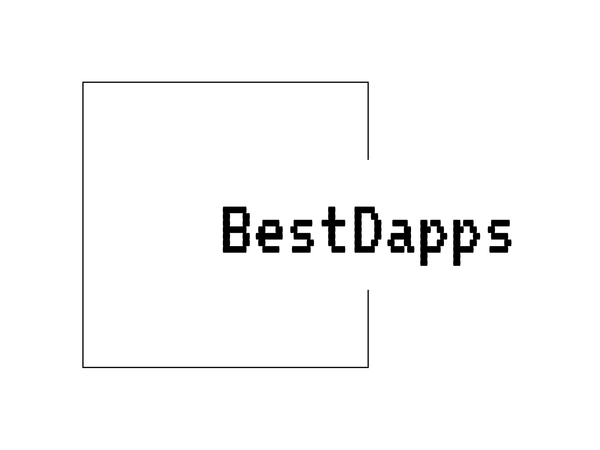
The Evolution of UMA: Decentralizing Financial Access
Share
Exploring the History of UMA: Universal Market Access
Universal Market Access (UMA) represents a bold initiative in the decentralized finance (DeFi) landscape, aiming to democratize financial markets through trustless financial contracts. Understanding UMA's inception provides insight into its strategy and impact within the blockchain ecosystem.
UMA was co-founded by Hart Lambur and Allison Lu, addressing the need for a system that could create synthetic assets on the Ethereum blockchain. Its roots trace back to the recognition that traditional financial markets often restrict access due to centralized oversight and operational complexities. By leveraging smart contracts and blockchain technology, UMA sought to eliminate these barriers, promoting an open and fair financial landscape.
Much like other DeFi projects, UMA emerged from the Ethereum network, which is known for its programmable smart contract capabilities. Ethereum provided a fertile ground for UMA to implement its vision of financial contracts that are universally accessible, permissionless, and adaptable to various market scenarios.
The early days of UMA were marked by the development of a unique protocol designed to support any type of financial contract. Its open-source protocol allows users to trade synthetic assets, building on the trustless and transparent nature of blockchain. This approach not only facilitates access to financial tools traditionally confined to centralized institutions but also encourages innovation by allowing anyone to create financial contracts without intermediaries.
UMA's evolution involved numerous collaborations and community partnerships aimed at fostering a comprehensive ecosystem. As with many DeFi projects, the community-driven aspect plays a pivotal role in its ongoing development and governance. This helps measure the degree of decentralization UMA achieves as it aligns with its foundational ambitions.
Despite facing several challenges relating to smart contract security and the complexity of implementing synthetic markets, UMA has maintained a presence in the DeFi space. Its emphasis on user-defined contracts appeals to a variety of stakeholders, ranging from individual investors to institutional financial entities seeking decentralized solutions.
The governance model employed by UMA is community-driven, similar to insights provided in examining the criticisms of 0x and ZRX Token, where user involvement is vital in shaping protocol enhancements and proposals. UMA's governance mechanisms underscore the importance of voting power and consensus-driven decision-making within the DeFi sector.
Overall, UMA's journey illustrates the gradual yet impactful shift in financial accessibility that blockchain technology can offer. By enabling the creation of decentralized financial products, UMA continues to challenge traditional market norms and underscores the transformative potential of DeFi.
